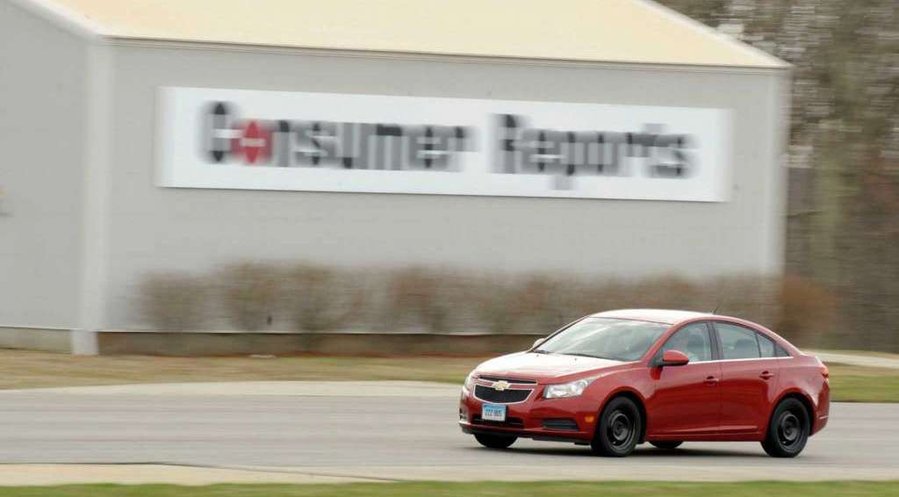Consumer Reports Spends Millions To Buy All The Cars It Reviews

Okay, here's the thing. In order for us to review cars from different brands, we either wait for them to send us their media units or we contact the manufacturers for them to send the test vehicles in. We also engage in media test drives as arranged by the manufacturers themselves. That's how car reviews go, and as far as we're concerned, it works. We still provide honest to goodness reviews based on what we feel about the vehicle, and how it would affect car buying and ownership.
But Consumer Reports begs to differ. This nonprofit organization has dedicated itself in providing unbiased reviews, product testing, and customer-oriented research ever since it started in the 1930s, in which, testing cars is included.
So much so, that the magazine said that it spent millions of dollars in buying cars for its fiscal year 2016 that ended in May 31, 2017. In a report by Columbia Journalism Review, the magazine disclosed that it buys the products it reviews to stay independent from the manufacturers, presumably to remove the bias brought about by the lend outs – from inexpensive mass market cars to high-end luxury vehicles.
The process is ideal and logical, as the company doesn't have to worry about affecting its relationship with the car manufacturers, because there aren't any. But it comes with a price – $2.1 million to be exact – spent on cars, salaries of staff, and its 327-acre auto test centers, among others. The Consumer Reports' auto test center also include assessment of a vehicle's performance in different weather conditions, emergency scenarios, and terrain. It even created its own foam "puzzle" car to test radar, LIDAR, and other camera-based tech features that would need an obstacle that looks like a real car. A Tesla Model X 90D has been tested in its facilities, which includes reviewing its autonomous driving feature.
Consumers Reports also conduct extensive tire and car seat tests, making sure that most important parts of cars go through rigorous reviews of durability and comfort. However, tire-testing is also one of the most cost-intensive assessments.
